MSK Lower Extremity
1/77
There's no tags or description
Looks like no tags are added yet.
Name | Mastery | Learn | Test | Matching | Spaced |
|---|
No study sessions yet.
78 Terms
low back pain with bowel/bladder dysfunction
cauda equina syndrome
categories of low back pain
nonspecific, nerve root entrapment, pain from underlying disease
S1/2 nerve entrapment
cauda equina syndrome
back pain red flags
<20, >50, hx CA, trauma, wt loss, fever/chills/night sweats, pain at night or rest, IVDU, active infection or immunosuppression, long term steroids, incontinence, saddle anesthesia
action with back pain red flags
imaging before 6w
low back pain yellow flags
fear/avoidance of activity, belief that pain is severely disabling, depressed mood, pessimistic about tx that involves active participation
neurogenic claudication
symptoms exacerbated w/walking, standing, or maintaining postures but relieved with sitting or lying
shopping cart sign
relief of pain with bending over on a shopping cart but reappears when standing
spinal stenosis key features
shopping cart sign, neurogenic claudication
IPROMS exam
inspection, palpation, range of motion, special tests
scheuermann kyphosis
“humpback”
scoliosis
curvature of the spine present in 3 plans
drop foot
inability to dorsiflex, sign of neuro, muscular, or anatomical problems
drop foot causes
peroneal nerve compression, L5 compression, tumor/cyst, bony overgrowth, muscular dystrophy, ALS, MS, stroke
ROM actions
flexion, hyperextension, lateral bending, rotation of trunk
flexion degrees
75-90 degrees
hyperextension degrees
30 degrees
lateral bending degrees
35 degrees
rotation of trunk degrees
30 degrees
nerve root impingement tests
straight leg raise, crossover, slump
straight leg raise test positive
reproduction of radicular symptoms in lower extremity
crossover test positive result
reproduction of radicular symptoms in lower extremity
scoliosis special test
adam’s forward bending
adam’s forward bending positive result
trunk asymmetry or rib hump
straight leg raise test
pt supine, support leg at heel and do neutral dorsiflexion, raise leg 0-60°
crossover test
move noninvolved leg and raise it to point of symptom reproduction
slump test
pt sit with arms behind back and legs together and slump forward as far as possible then while flexed, extend knee and provider moves foot to dorsiflexion
adam’s forward bending
pt stands, and then slowly bends forward at the waist with arms pressed together
nerve compression dorsiflexion of big toe
L5
C sign
shape of hand when describing deep interior hip pain and suggests intra-articular hip pathology
SI joint test
patrick and FABER
log roll test positive
pain in hip
trendelenburg test positive
pelvis drops towards contralateral side
positive trendelenburg test meaning
gross abductor weakness
windshield wiper test positive
decreased range of motion/pain
positive windshield wiper test meaning
hip osteoarthritis
FADIR test positive
pain/symptom reproduction
positive FADIR test meaning
impingement syndrome
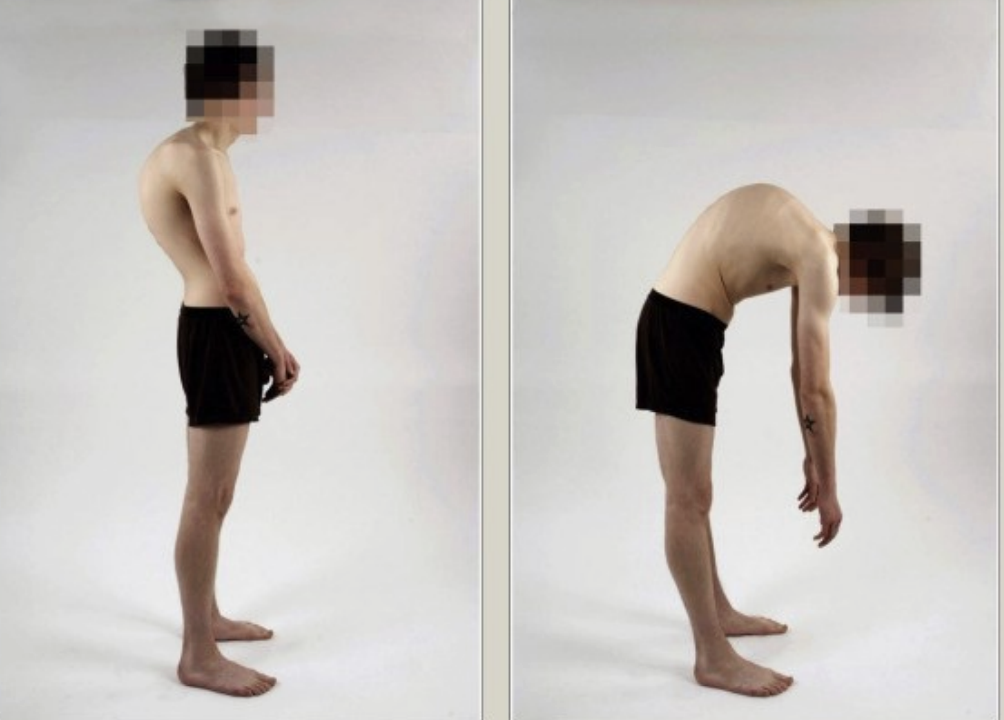
scheuermann kyphosis
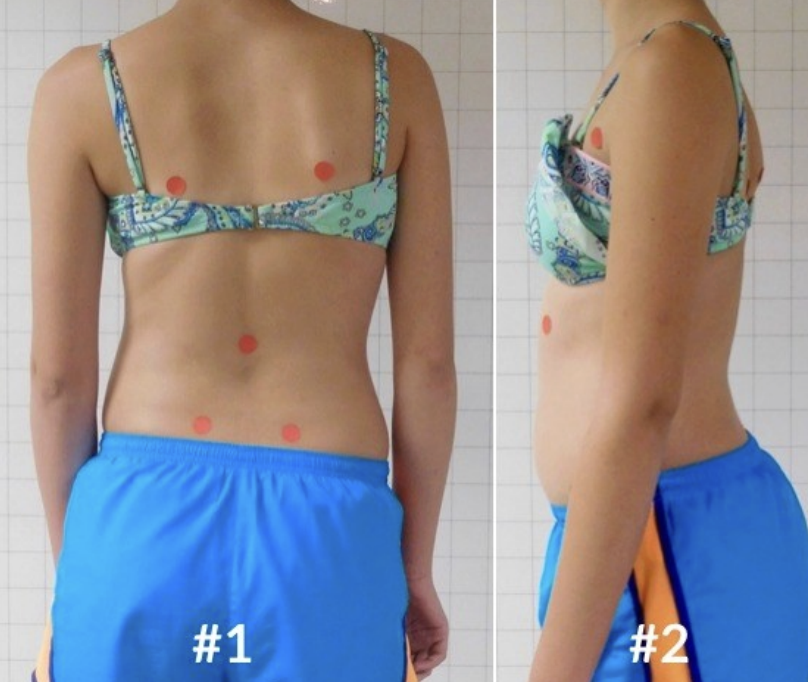
scoliosis
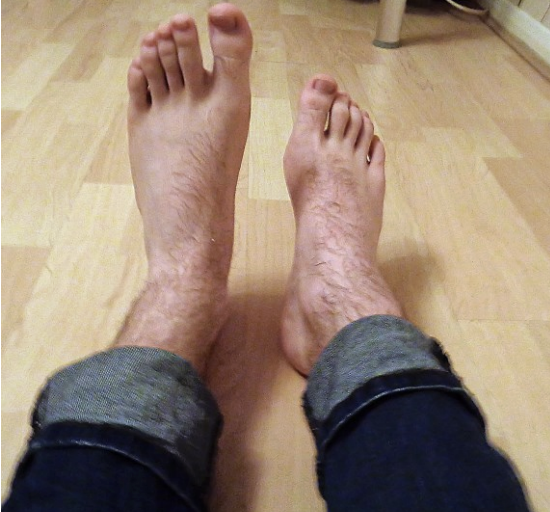
drop foot
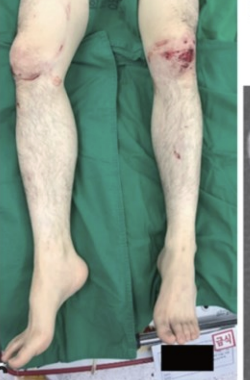
hip dislocation
FABER test
flexion, abduction, and external rotation of leg
log roll test
roll leg into internal and external rotation
trendelenburg test
stand on affected leg and lift foot off ground, positive if pelvis drops
windshield wiper test
swing foot in and out sitting on the table
FADIR test
flexion, adduction, and internal rotation
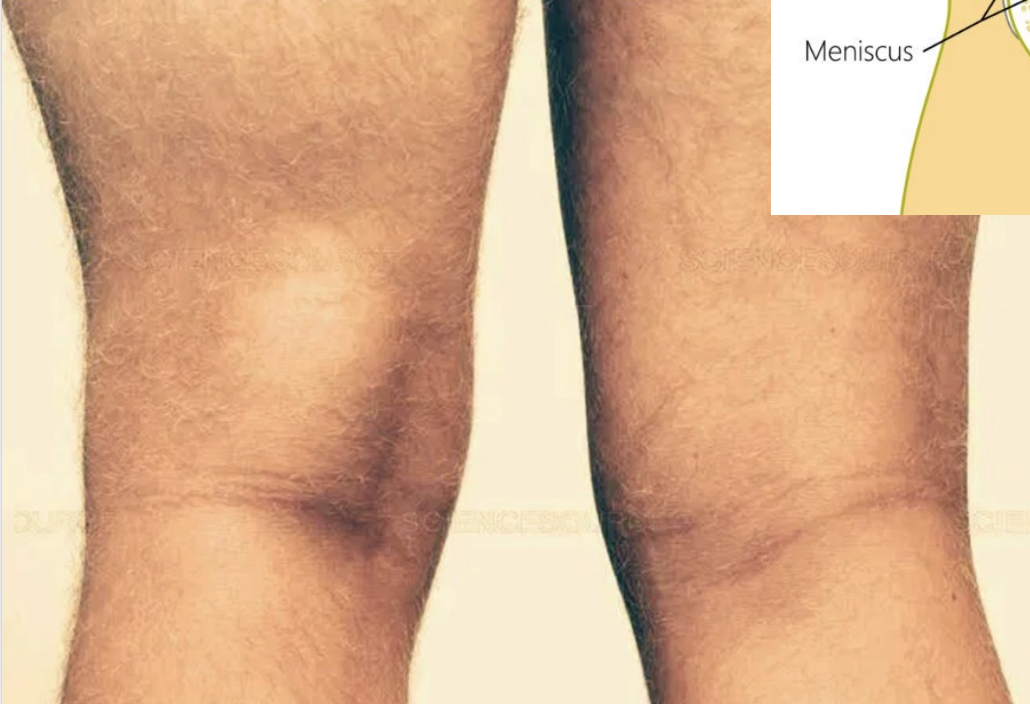
baker’s cyst
mcmurray’s sign positive
joint line tenderness or clicking/catching
positive mcmurray’s sign meaning
meniscus tear
valgus stress test positive
medial joint line tenderness or opening
positive valgus stress test meaning
MCL sprain
varus stress test positive
lateral joint line tenderness or opening
positive varus stress test meaning
LCL sprain
lachman’s test positive
joint laxity or anterior tibial translation
anterior drawer test positive
increased laxity or forward translation of tibia
positive lachman’s test meaning
ACL tear
positive anterior drawer test meaning
ACL tear
posterior drawer test positive
excess posterior tibial translation
positive posterior drawer test meaning
PCL tear
mcmurray’s sign
flex hip and knee and internally and externally rotate knee
valgus stress test
flex knee 30° and put hand on lateral aspect with other hand on inside of ankle and push outward while supporting knee
varus stress test
flex knee 30° and put hand on medial aspect with other hand on outside of ankle and push outward while supporting knee
lachman test
grasp femur above lateral side of knee, flex knee slightly, and pull up sharply on tibia from medial side
anterior drawer test
pt lays down with knee flexed and foot on table, put thumbs against tibial plateau and use fingers to pull forward on tibia
posterior drawer test
pt lays down with knee flexed and foot on table, put thumbs against tibial plateau and use thumbs to push against tibia
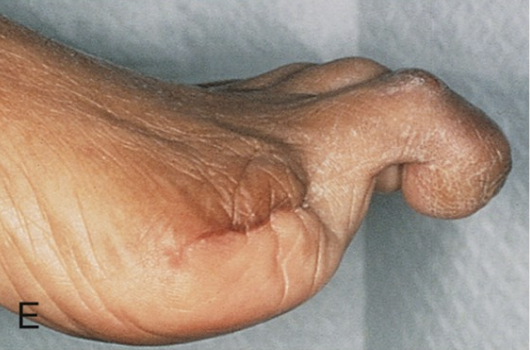
claw toe
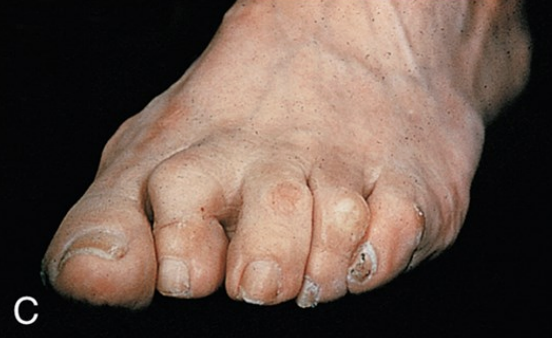
hammer toe

mallet toe
thompson test positive
no plantar flexion with maneuver
positive thompson test meaning
achilles tendon rupture
ankle anterior drawer test posititve
increased anterior translation of the foot
positive ankle anterior drawer test meaning
ATFL sprain
talar tilt test positive
increased laxity or internal rotation
positive talar tilt test meaning
CF ligament sprain
thompson test
squeeze calf muscle and watch for plantarflexion
ankle anterior drawer test
hold foot against forearm, use one hand on tibia and other hand pulls ankle forward from heel
talar tilt test
hold tibia and invert/evert calcaneus